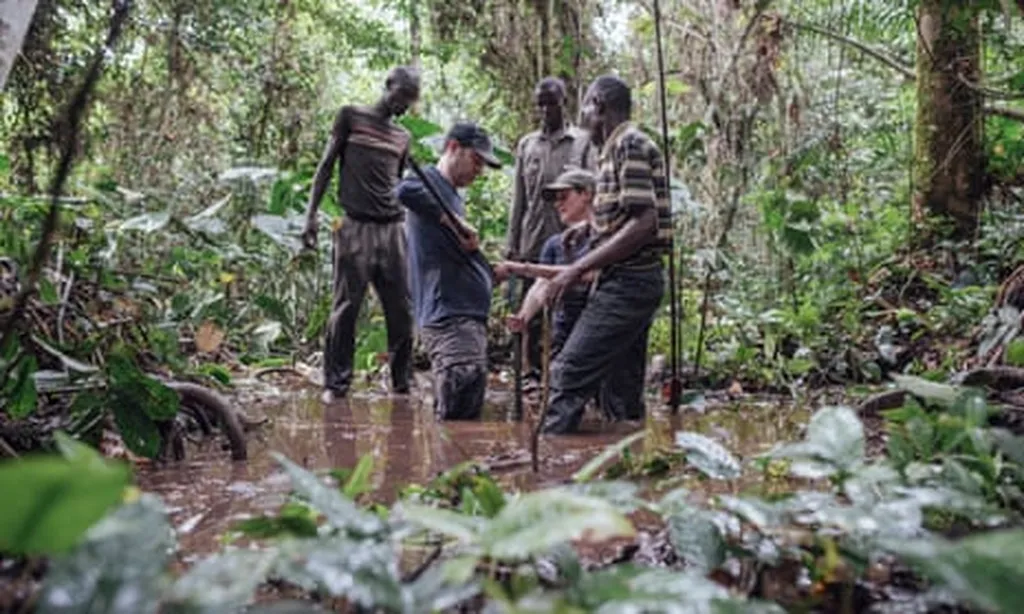In the heart of the Democratic Republic of Congo (DRC), a delicate dance between human survival and environmental preservation is playing out in the marshlands of South Kivu Province. These wetlands, often overlooked in global conversations about agriculture and conservation, are the lifeblood of local communities and a critical component of the region’s ecological stability. Yet, they are also under threat from the very people who depend on them. New research by Arsene Balasha of the University of Lubumbashi sheds light on this complex dynamic, offering insights that could reshape how we think about farming in fragile ecosystems.
Balasha’s study, published in the *Journal of Agriculture, Food Systems, and Community Development* (translated from French as “Journal of Agriculture, Food Systems, and Community Development”), focuses on marshes—wetlands characterized by water-saturated soils and dominated by herbaceous plants. These marshes are cleared and drained annually to make way for crop fields, a practice driven by the rich alluvial soils that promise bountiful harvests. “The marshes contain soils with high organic matter and nutrient content, enriched by runoff from nearby hills,” Balasha explains. “This makes them lands of economic and agronomic interest for rural communities.”
The tension between immediate economic needs and long-term environmental health is palpable. Marshlands provide a range of ecosystem services, from water purification to flood control, which are vital for both ecological stability and human livelihoods. However, the pressure to cultivate these fertile soils often outweighs the imperative to preserve them. Balasha’s research highlights the need for a more nuanced understanding of this interplay, one that balances the need for food security with the imperative of ecological conservation.
The commercial impacts of this research extend beyond the agricultural sector. The energy sector, particularly in regions reliant on hydropower, stands to gain from a deeper understanding of wetland dynamics. Wetlands act as natural water reservoirs, regulating water flow and maintaining river levels, which are crucial for hydropower generation. By preserving these ecosystems, we can ensure a more stable and sustainable water supply, benefiting both local communities and the energy sector.
Balasha’s work also opens the door to innovative solutions that could revolutionize agriculture in fragile ecosystems. By integrating sustainable farming practices with wetland conservation, we can create a model that supports both human livelihoods and ecological health. This could involve techniques such as agroforestry, which combines tree planting with crop cultivation, or the use of floating gardens that allow farming without draining the wetlands.
The implications of Balasha’s research are far-reaching. It challenges us to rethink our approach to agriculture in fragile ecosystems and to consider the long-term benefits of conservation. As we grapple with the challenges of climate change and food security, this research offers a beacon of hope, guiding us towards a more sustainable and equitable future. “The marshes are not just a resource to be exploited,” Balasha emphasizes. “They are a lifeline that must be preserved for the sake of future generations.”
In the end, Balasha’s study is a call to action, urging us to rethink our relationship with the natural world. It reminds us that the health of our ecosystems is intrinsically linked to our own well-being and that the choices we make today will shape the world of tomorrow. As we navigate the complexities of agriculture and conservation, let us strive for a balance that honors both the needs of people and the imperatives of nature.

